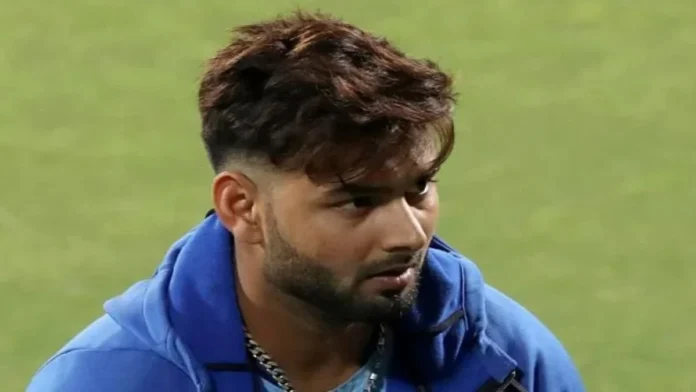Rishabh Pant, the T20 World Cup-winning wicketkeeper-batsman, has made a remarkable recovery from his December 2022 car accident and is now performing strongly on the field. Behind his successful return lies not just physical therapy but also a disciplined diet and fitness regimen. According to his nutritionist, Shweta Shah, Pant adhered to a strict diet that prominently featured khichdi.
Khichdi, a traditional Indian dish made from rice and lentils, became a crucial part of Pant’s recovery. Shah revealed in a recent conversation with yoga trainer Shlloka that Pant’s diet was adapted to his specific needs during the recovery period. She described how Pant struggled in the months following the accident. “I have known Rishabh Pant since before his accident. I knew about his lifestyle, what he eats, and everything else. But 5-6 months after the accident, on a video call, he told me that he was not able to eat anything,” Shah said.
Pant’s condition was severe during his initial recovery phase. Shah noted, “He told me how he was unable to walk even for a minute. So, you can very well understand the mental state of an athlete who is unable to walk and has no energy.” Despite these challenges, Pant’s dedication to his rehabilitation was evident.
Khichdi’s inclusion in his diet was not merely for its simplicity. Shah explained that the dish provided the necessary nutrients and energy required for his recovery. “It is easy to digest and provides balanced nutrition. Given his condition, khichdi was ideal for helping him regain strength without overwhelming his system,” Shah said.
Pant’s journey from near immobility to his current form highlights his resilience and determination. With his focused approach to diet and fitness, he has returned to top-level cricket, showcasing his remarkable comeback. His story serves as an inspiration to athletes and individuals facing challenging recoveries.
Rishabh Pant’s recovery was marked by significant hurdles, but his perseverance through this period was nothing short of inspiring. Nutritionist Shweta Shah detailed how Pant’s diet was meticulously planned to support his healing. The focus on khichdi was a strategic choice to ensure he received essential nutrients while maintaining digestive ease. “The goal was to provide him with a balanced diet that would support his recovery without placing too much strain on his digestive system,” Shah explained.
In addition to khichdi, Pant’s regimen included tailored exercises designed to gradually restore his mobility. Shah emphasized the importance of combining nutrition with physical therapy. “His diet was just one part of a comprehensive recovery plan that included specialized exercises to help him regain strength and flexibility,” she said.
Shah also mentioned the psychological aspect of recovery. The mental toll of being sidelined and unable to perform daily activities was substantial. “An athlete’s mindset plays a crucial role in recovery. Rishabh faced not only physical challenges but also mental obstacles. His determination and positive attitude were key factors in his successful comeback,” Shah noted.
Pant’s recovery was supported by a team of medical professionals, including physiotherapists and doctors, who worked in tandem with his nutritionists. This multidisciplinary approach was essential for addressing the various aspects of his rehabilitation.
The impact of Pant’s return to cricket has been widely celebrated. His successful reintegration into the sport serves as a testament to his hard work and resilience. Fans and experts alike have praised his ability to overcome such a significant setback and return to peak performance.
Pant’s story underscores the importance of a holistic approach to recovery, blending physical therapy, proper nutrition, and mental fortitude. His experience offers valuable insights for athletes and individuals recovering from similar injuries, highlighting the critical role of a well-rounded rehabilitation plan.

